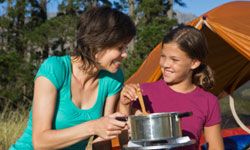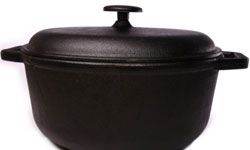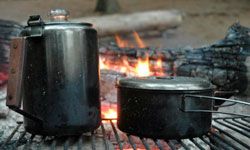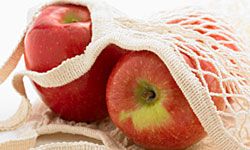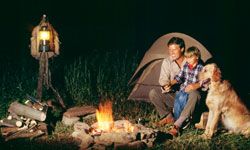Camping is a favorite American family pastime. Every year, thousands of city dwellers escape to the wilderness armed with sleeping bags, tents and hiking boots, ready to explore the great outdoors.
While it's exciting to plan your excursion adventures, like kayaking, bird-watching and mountain biking, don't forget to pack plenty of food for your family to enjoy around the campfire!
Advertisement
It's essential to plan for family camping meals, so stay organized and bring along basic cooking implements so no one goes hungry. Everyone enjoys a gooey marshmallow, graham cracker and milk chocolate s'more or charred hot dog toasted over the campfire, but as you plan the menu for your next camping trip, aim to expand your horizons a little.
Here are 10 tips for family camping meals that will help make your next camping trip a culinary success.
